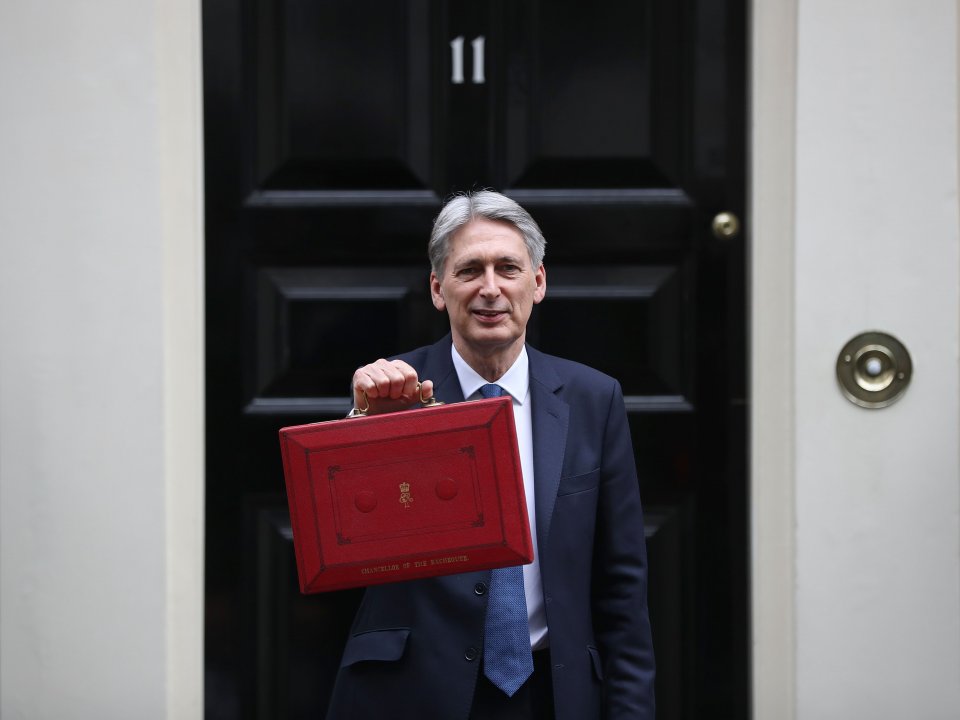Household Bills
Chancellor faces tough choices to hit spending targets – think tank

The Chancellor will need to hope for better economic growth or be forced to raise taxes if he’s going to achieve his goal of eliminating the fiscal deficit, while ending the squeeze on public spending, according to the Resolution Foundation.
In yesterday’s Spring Statement, the Chancellor hailed the “first sustained fall in debt for 17 years”, claiming two major milestones would be reached next year – a balancing of the current deficit and a fall in debt as a share of GDP. He also suggested that these improving forecasts may prompt some loosening of the public purse strings in the Autumn Budget.
The Resolution Foundation said the economic forecasts remained largely unchanged from last November, but underplayed significant cuts to welfare and departmental spending which are still to come.
The Foundation’s overnight analysis suggests:
- Welfare cuts –Just a fifth of the over £10bn of welfare cuts announced in 2015 have been implemented so far. The coming year (2018/19) is set to be the second biggest single year of welfare cuts since the crisis (after 2012/13) at £2.5bn. The scale of additional cuts will grow in 2019/20 to £2.7bn as more families are moved onto Universal Credit.
- Inequality and income – As a result of policies announced since July 2015 the poorest third of households are expected to be an average of £745 a year worse off. In contrast, the richest third are forecast to record an average gain of £140 a year. Projected real household incomes are £1,400 a year lower than forecast back in March 2016.
- Departmental cuts –After a short lull in cuts to day-to-day departmental spending next year, they are set to return from 2019/20 onwards. These include a 12% cut to the Ministry of Justice budget over the next two years, while central government funding of local government is set for a 19% fall. In contrast, DEFRA is set for a 21% ‘Brexit bonus’ next year.
- The next spending review – Choosing not to feed higher inflation through to day-to-day departmental spending in the period beyond the current Spending Review has contributed to the Chancellor’s better borrowing outlook in 2022/23. However, it also means yesterday’s statement marked a further small real-terms spending cut.
- Meeting the fiscal objective – The Chancellor is still forecast to be borrowing 0.9% of GDP in 2022/23. Eliminating it by 2025/26 as originally intended would require a speeding up of departmental spending cuts in the next parliament. The OBR said that even delaying it until 2027/28 would require per capita departmental spending to fall in real terms in each year.
Torsten Bell, director of the Resolution Foundation, said: “With the elimination of the current deficit and debt falling next year, Britain is set to pass two major milestones on its long austerity journey since the financial crisis. But the end of the tunnel is still a decade away, and significant obstacles remain before the final destination is reached.
“Steering past these obstacles will require the Chancellor to make some tough choices that he avoided setting out yesterday lest he spoil the upbeat mood. Delivering significant reductions in debt while softening currently planned spending cuts to come will require either tax rises or for Britain to heed the Chancellor’s call to ‘beat the forecasts’. Planning for the former, while hoping for the latter might be a sensible approach for the years ahead.”

Wellness and wellbeing holidays: Travel insurance is essential for your peace of mind
Out of the pandemic lockdowns, there’s a greater emphasis on wellbeing and wellness, with
Sponsored by Post Office